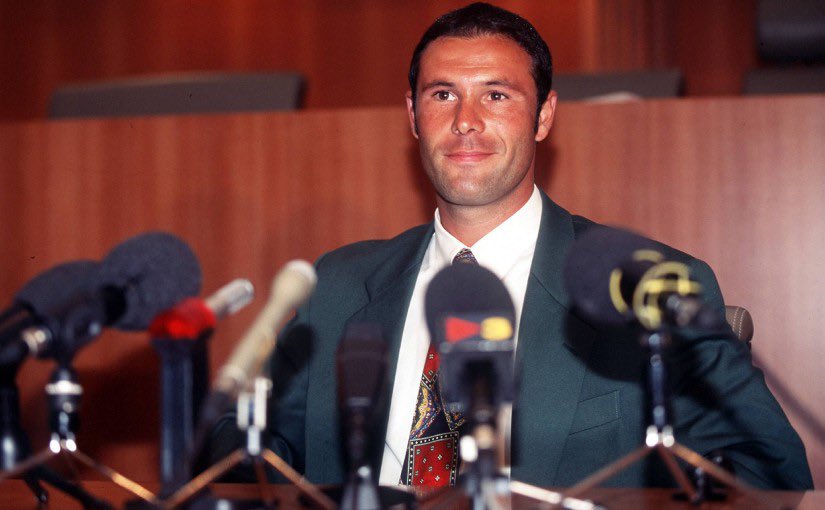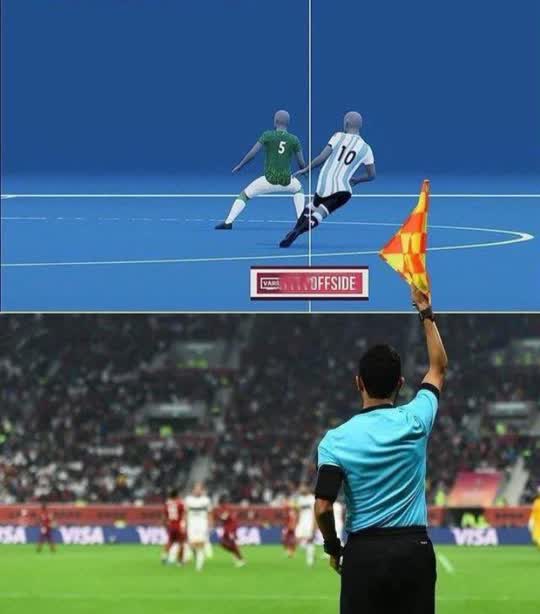In the world of football, the Bosman Ruling stands as one of the most transformative legal decisions in the sport’s history. It forever altered the way players moved between clubs, reshaping not only the transfer market but also the relationship between players, clubs, and governing bodies.
The story of the Bosman Ruling began with a Belgian footballer named Jean-Marc Bosman, whose personal battle against the football establishment would lead to a monumental shift in the sport.
In this post, FootballOrbit brings you all you need to know about the Bosman Ruling.
The Background: A Fight for Freedom
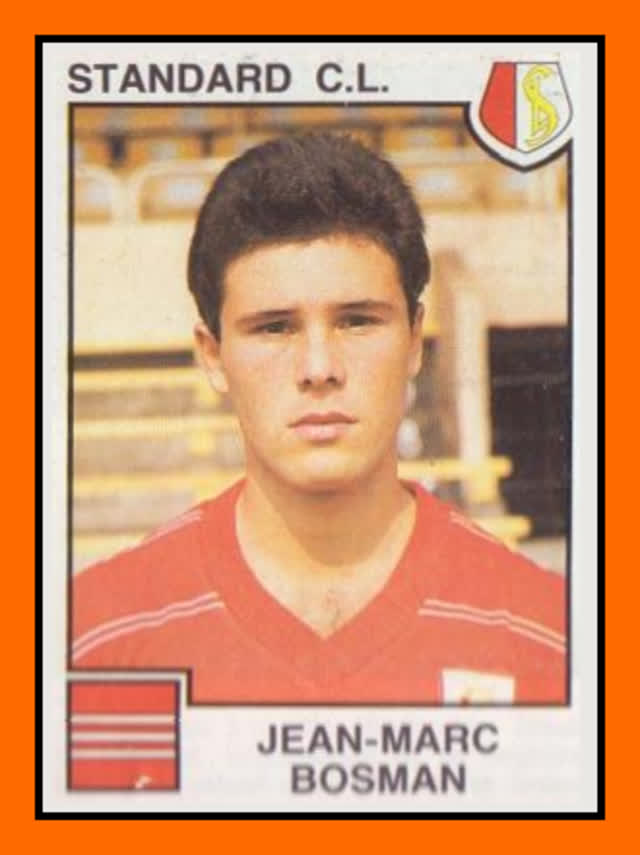
In the early 1990s, Jean-Marc Bosman was a relatively unknown player for the Belgian club RFC Liège.
However, in 1990, when Bosman’s contract with the club came to an end, his career was about to take an unexpected turn. Despite having offers from French club Dunkerque, his current club refused to let him go without a transfer fee.
This was a common practice at the time. If a player’s contract had expired, his current club would typically demand a transfer fee if the player was moving to another club.
However, Bosman found himself stuck in a bind. He was free to leave, but his club demanded a substantial fee from Dunkerque, which the latter were unwilling to pay.
Therefore, the situation took a legal twist when Bosman, feeling unfairly treated by the system, took his case to the European Court of Justice (ECJ).
At the heart of the case was an issue that would soon have wider-reaching implications for the sport: the legality of the transfer system that restricted players’ movement between clubs once their contracts had expired.
Under the rules at the time, even out-of-contract players were not totally free to sign with any club they wished; they could only move if their current club agreed to the deal or accepted a transfer fee.
The system was heavily tilted in favor of the clubs, and Bosman felt this was an infringement on his right to work freely within the European Union.
The Bosman Ruling
In December 1995, the European Court of Justice delivered its historic ruling, siding with Bosman and declaring that the existing transfer system was in violation of European Union law.
Furthermore, the court ruled that football players, once their contracts had expired, were free to move to any other club within the EU without the need for a transfer fee.
This ruling had two primary effects on football:
- Freedom of Movement:
Players who were out of contract could now move freely between clubs within the European Union, just like any other worker within the EU labor market.
This decision effectively abolished the concept of transfer fees for out-of-contract players.
- Restriction on Foreign Players:
The Bosman ruling also limited the number of foreign players who could be registered in each national league.
Before the ruling, clubs could sign as many foreign players as they wanted, but after Bosman, the ECJ decided that EU nationals could not be treated as “foreign” players in leagues within the EU.
Moreso, this meant that clubs could no longer have unlimited non-domestic players on their books, though restrictions on the number of non-EU players were still allowed.
The Immediate Impact of the Bosman Ruling
In the years following the Bosman Ruling, the transfer market experienced a seismic shift.
The most visible impact was the rise of free transfers, where players who were out of contract could move to new clubs without any transfer fee.
This change meant that clubs could sign high-profile players without paying huge sums in transfer fees, leading to a new wave of player movement.
Also, the ruling prompted a re-evaluation of contract lengths and player salaries. With greater mobility, clubs could no longer rely on long-term contracts as a means to control player movement, leading to an increase in shorter contracts and higher wages as clubs competed to retain and attract top talent.
Moreover, for many players, the ruling was a landmark moment of liberation. It meant that footballers now had more bargaining power in contract negotiations and could choose their next club based on their preferences rather than being stuck in a restrictive system.
However, it was a double-edged sword for clubs. While they could now sign players for free after their contracts expired, they also had to deal with the risk of losing players without compensation.
Long-Term Consequences of the Bosman Ruling
The Bosman ruling had profound implications that extended beyond the individual players involved. The increased player movement led to a rise in the globalisation of football.
Top players, previously bound to certain countries or leagues due to restrictions on transfers, began to find their way into the biggest leagues in Europe, particularly the Premier League, La Liga, and Serie A.
Furthermore, the global nature of the sport was amplified as players from all corners of Europe and beyond became part of these highly competitive leagues.
At the same time, clubs began to adapt to the new realities of the market. The old ways of dealing with transfers, where clubs would rely on hefty transfer fees and lengthy negotiations, had to be rethought.
Additionally, agents also gained more power in the market, as they began to play a central role in player negotiations — both for new contracts and for transfers.
One of the more unintended consequences of the ruling was the acceleration of the financial disparities between clubs. The wealthier clubs could now leverage their financial strength to secure high-profile free agents with bigger wages, further widening the gap between the richest and the smaller clubs.
Ultimately, this shift would contribute to a more uneven competitive balance within many of Europe’s top leagues.
Bosman Ruling: Criticisms and Debate

While the Bosman Ruling is widely celebrated for giving players greater freedom, it has also sparked debate over its longer-term consequences.
Critics argue that the ruling has led to the commercialization of football, with clubs now spending vast amounts of money on wages and player acquisitions rather than on developing young talent through their academies.
Moreover, some have pointed to the fact that the ruling has led to a concentration of talent in a few elite leagues, especially in England, Spain, and Germany.
This has resulted in less competition in other leagues, making it harder for smaller clubs to compete with the wealthier sides that dominate the European scene.
Additionally, the increased power of agents and the rise of commercialized player contracts have led to concerns over the financial sustainability of clubs, especially those that are not part of the biggest leagues.
As more clubs engage in bidding wars for free agents, the overall financial health of the football industry has become a more complex issue.
Legacy of the Bosman Ruling
The Bosman Ruling’s legacy remains undeniable. It fundamentally changed the way football operates by granting players more autonomy over their careers and introducing new dynamics to the transfer market.
The ruling has paved the way for further legal battles and changes in the sport’s regulation, such as the introduction of Financial Fair Play (FFP) rules — which attempt to regulate spending and create more sustainable financial models for clubs.
While some of the initial excitement over the ruling has been tempered by the realities of the modern football economy, the Bosman Ruling remains a pivotal moment in the sport’s history.
It is a symbol of the increasing power of the individual in a world that was once dominated by clubs and governing bodies.
In many ways, football today — with its emphasis on player mobility, wealth, and global appeal — owes a great deal to the legal battle fought by a relatively unknown Belgian footballer over 25 years ago.
Notable Footballers Who Benefited from the Bosman Ruling
Since the ruling came into effect throughout the EU in 1995, several notable players in European football have benefited from the ruling. Some of them include:
Edgar Davids
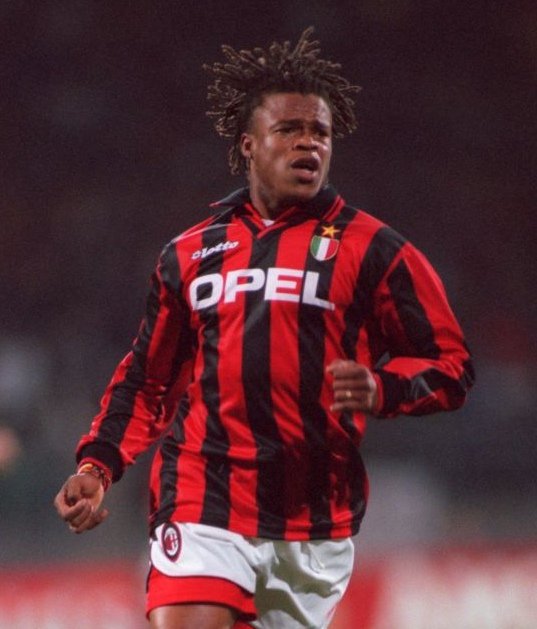
Dutch midfielder Edgar Davids, known for his tenacious playing style, became Europe’s first high-profile player to benefit from the ruling when he moved from Ajax to Milan on a free transfer in 1996.
His move to Italy helped demonstrate how players could now shift to bigger clubs, regardless of the lack of a transfer fee — further establishing the concept of free-agent transfers in European football.
Likewise, Davids benefited from the Bosman Ruling again later in his career when he moved from Inter Milan to Tottenham Hotspur in 2005 on another free transfer.
Steve McManaman
English winger Steve McManaman was another early high-profile player to take advantage of the Bosman Ruling.
After spending a decade at Liverpool, McManaman’s contract expired in 1999, and instead of renewing with the club or moving for a transfer fee, he moved to Real Madrid on a free transfer.
Moreso, his move to the Spanish giants helped pave the way for other Premier League players to change clubs without a transfer fee — setting a significant precedent in English football.
Sol Campbell
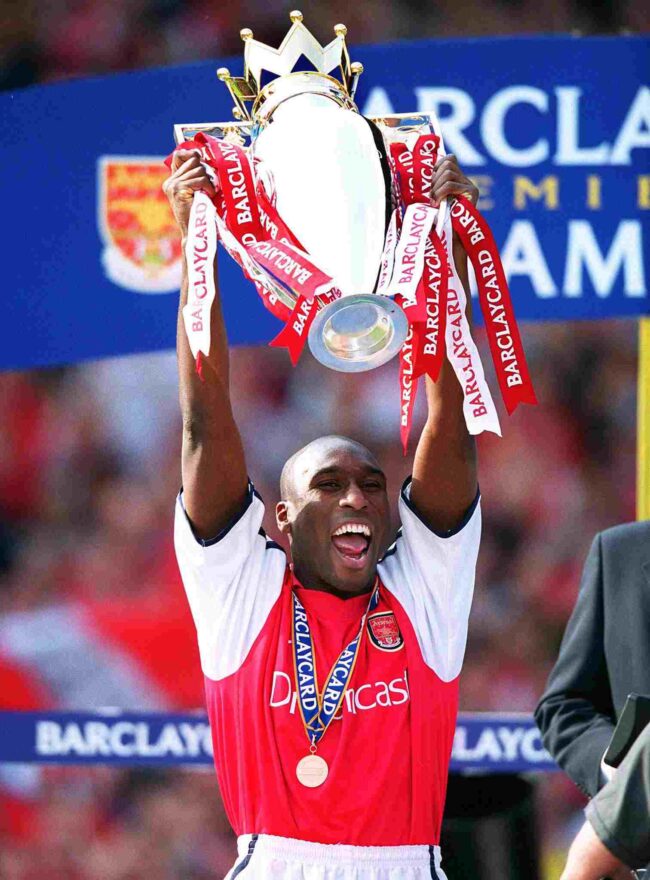
English central defender Sol Campbell made headlines in 2001 when he left Tottenham Hotspur for Arsenal on a free transfer.
The move shocked many, as Campbell switched to a direct rival, something that was practically unheard of before the Bosman Ruling.
However, his successful career at Arsenal — where he won multiple Premier League titles and FA Cups — underscored how the ruling allowed players to make dramatic moves between clubs, including those in direct competition.
Andrea Pirlo

Italian playmaker Andrea Pirlo benefitted from the Bosman Ruling when he moved from AC Milan to Juventus in 2011 on a free transfer after his contract with Milan expired.
Pirlo went on to become a key figure in Juventus’ midfield, leading the club to multiple Serie A titles.
His successful transition to Juventus demonstrated how the Bosman Ruling opened up opportunities for experienced players to continue their careers at top clubs without a transfer fee involved.
Paul Pogba

Like Pirlo a year earlier, Paul Pogba moved to Juventus on a free transfer from Manchester United in 2012 when he was just 19 years old.
He had spent three years in the Manchester United youth academy but was unhappy with his limited first-team opportunities.
At Juve, Pogba developed into one of the world’s most promising young midfielders. His move became one of the best free transfers in football history.
Furthermore, he won four consecutive Serie A titles, two Coppa Italia titles, and reached the Champions League final in 2015.
After four successful years, Pogba rejoined Manchester United in 2016 for a then-world-record transfer fee of €105 million (£89.3 million).
Interestingly, Pogba’s journey came full circle in 2022 when he returned to Juventus on another free transfer after his second contract with Manchester United expired.
Robert Lewandowski

Robert Lewandowski moved from Borussia Dortmund to Bayern Munich on a free transfer, which was completed in the summer of 2014 after his contract with Dortmund expired.
He had already agreed to a pre-contract agreement in January 2014, allowing him to move to the rival club on a free transfer when the 2013/2014 season ended.
The move was to a major domestic rival, as he had been a key player for Dortmund, winning two Bundesliga titles and the DFB-Pokal.
Zlatan Ibrahimović

Swedish forward Zlatan Ibrahimović benefited from the Bosman Ruling multiple times towards the end of his career.
In 2016, he signed as a free agent for Manchester United from PSG.
After the end of his spell at Old Trafford, Ibrahimovic made subsequent free transfers to LA Galaxy and AC Milan.
Furthermore, Ibrahimović’s moves highlighted how the ruling allowed aged players to still control their destinies and join their desired clubs.
Lionel Messi

Lionel Messi, often considered the greatest footballer of all time, benefitted from the Bosman Ruling in 2021.
After spending almost 20 years at Barcelona, Messi’s contract expired, and he joined PSG on a free transfer.
While Messi’s move was driven by Barcelona’s financial issues, the Bosman Ruling allowed him the freedom to join another elite club without his previous club demanding a transfer fee.
Messi’s departure from Barcelona was a historic moment in football and highlighted the continued relevance of the Bosman Ruling in today’s game.
Kylian Mbappé
French superstar Kylian Mbappé is another high-profile player who benefitted from the Bosman Ruling.
After years of speculation, Mbappe finally joined his boyhood dream club, Real Madrid, on a free transfer from PSG in 2024.
As one of the world’s best players, Mbappé’s move demonstrated the power that players still hold in the modern football market, especially with the increasing influence of free agency.
Conclusion
The Bosman Ruling has had a profound and lasting effect on the football transfer market, giving players more control over their careers and allowing them to move freely between clubs once their contracts have expired.
From early beneficiaries like Edgar Davids and Steve McManaman, to more recent stars like Lionel Messi and Kylian Mbappé; the ruling has fundamentally reshaped the landscape of European football — creating a new era where player mobility, higher wages, and career flexibility have become the norm.
The impact of the Bosman Ruling continues to be felt today, with many of the sport’s most famous players benefiting from the freedom it granted them.

